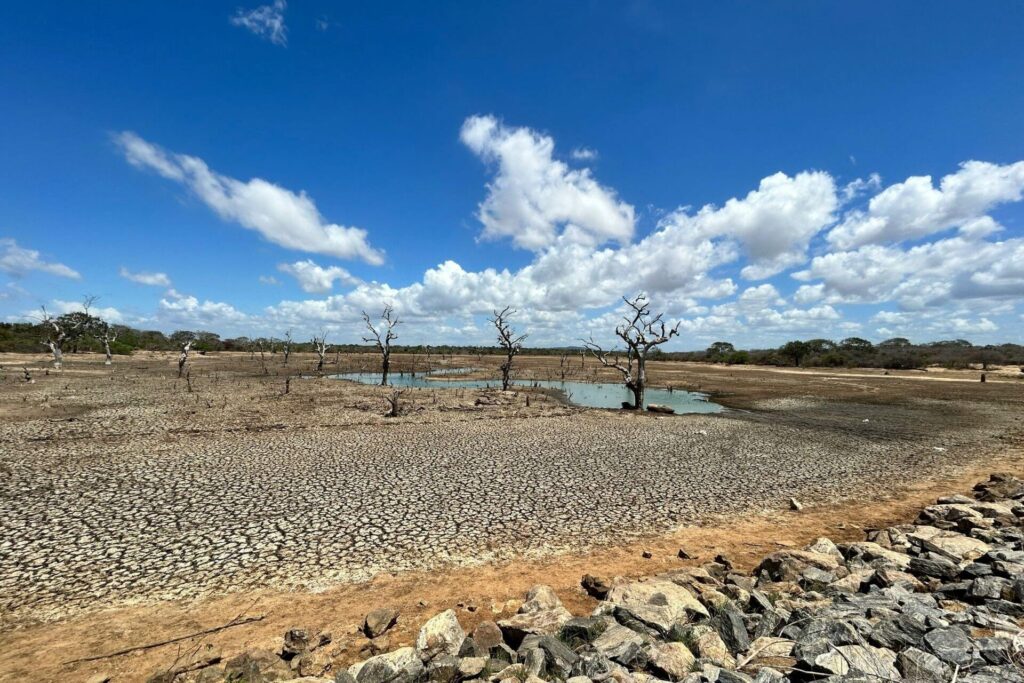Rapid climate change and the worldwide population explosion have made responsible water management a point of contention in recent years. At this rate, the usual water usage is no longer sustainable. Enter the digitalization of traditional utility processes. Advancements in technology have paved the way for science and data-driven information to push for more robust policies to improve consumption.
Here’s what irrigation innovations look like and how they will tackle existing challenges in 2025.
Pressing Challenges in the Irrigation Industry
Irrigation seeps into the thirsty industries of agriculture and landscaping, draining at least 80% of the fresh water on Earth. In U.S. households, 30% of water use is attributed to landscaping irrigation. These percentages can be far greater in drier regions with higher water demands.
Water Scarcity and Conservation
Water scarcity continues to be the most pressing issue facing the irrigation sector, as drought conditions and diminishing supplies impact regions around the globe. To address this, governments, corporations and institutions are implementing conservation measures. For example, Utah’s H.B. 121 law mandates state agencies to reduce outdoor water use by 25% by the end of 2026. These regulations highlight the need for sustainable irrigation practices amidst the water crisis.
Labor Shortages and Tech Literacy
Advancements and innovation are being developed to address the scarcity problem. However, adopting modern irrigation technologies necessitates a skilled workforce capable of managing smart systems and operating precise tools. Unfortunately, the sector is experiencing a shortage of professionals skilled enough to oversee these cutting-edge technologies.
Climate Variability
Unpredictable weather patterns make water management more difficult. 2024 saw uncommon conditions ranging from prolonged dry spells to heavy rainfall. The year was considered the warmest on record, with the highest precipitation levels since 2019. These are the results of a rapidly heating planet. Climate-smart irrigation techniques — like weather-responsive irrigation controllers — are increasingly crucial to overcome these obstacles.

Key Trends and Innovations in Modern Irrigation Techniques
Where challenges like water scarcity loom large, innovators are stepping up with groundbreaking solutions. Here are four trends shaping the future of irrigation in 2025.
1. AI-Driven Water Management Tools
Intelligent irrigation systems are redefining water use in landscaping and agriculture. These systems rely on sensors, IoT (Internet of Things) devices and data analytics to optimize water distribution based on soil moisture, weather conditions and plant needs.
For example, the University of Utah uses an intelligent irrigation system called WeatherTrak to monitor water flow, detect leaks and adjust schedules based on real-time data. This system has decreased the university’s annual water use on campus by 55 million gallons.
Key features to watch out for include:
- Flow sensors with automatic shut-off valves.
- Weather-responsive controllers that prevent overwatering.
- Cloud-based management tools for remote monitoring.
2. Advancements in Drip Irrigation Technology
Drip irrigation is already a sustainable watering option, but new irrigation technology innovations will make it even more efficient. Systems like N-Drip are now propelled by gravity and fitted with micro-drippers. Swapping flood irrigation with precise dripping can cut water consumption by half or even more while increasing crop yield by 47%.
This technique works incredibly well for xeriscaping and crop irrigation. Xeriscaping alone reduces water use by up to 75% by incorporating drought-tolerant plants. When paired with precision irrigation technology, it ensures water reaches plant roots directly, making watering more efficient.
3. Automated Leak Detection and Maintenance
One of the biggest challenges in irrigation is detecting and addressing leaks that can result in significant water loss. Utilities lose 11% of their water supply due to leakage. To tackle this problem, advanced systems now include automated leak detection features that send alerts and even shut off water automatically when an issue is identified.
Additionally, machine learning is used to examine gathered data to forecast any system outages. This makes inspections and repairs quicker for the whole irrigation network.
4. Solar-Powered Irrigation
Solar-powered irrigation systems are key to sustainable agriculture in water-insecure regions with warm and hot climates like Africa. A solar-powered irrigation pump maximizes limited water resources by harnessing what is abundant, such as the sun’s energy.
SunCulture is helping smallholder farmers across the continent boost crop yields by 300% while lessening water consumption by over 80%. This highly sustainable option also reduces diesel dependence, which is financially and environmentally costly.
Beyond farming, this solution can significantly benefit landscape professionals when designing outdoor spaces where the land is arid and the water is limited.
What to Expect in the Irrigation Industry by 2025

Looking ahead, professionals in landscaping and agricultural irrigation can expect the following:
- Increased adoption of smart irrigation systems: As these systems become more affordable, more homes and small businesses will slowly implement them. Staying ahead of the competition will greatly benefit landscaping professionals.
- Regulatory support for sustainability: Governments will likely impose more stringent water usage regulations, further promoting environmentally responsible behavior. These new developments provide alternatives in pursuance of new policies.
- Cross-industry innovations: AI, IoT and renewable energy developments will continue to shape the future of irrigation technology and water management. Understanding how these technologies are revolutionizing the industry will provide greater ROI in the future once applied to the business.
- Community involvement: As the University of Utah has demonstrated, including the community in water conservation initiatives can encourage a wider adoption of sustainable practices.
Water-Wise Innovations for Sustainable Irrigation
Traditional methods no longer meet the demands of a highly populated and warming world, so innovation has led to modern irrigation techniques to address the gaps. Adapting to these demands allows landscape professionals to create more resilient and efficient outdoor spaces.
Whether for designers focused on sustainable landscaping or contractors managing irrigation efficiency solutions, the tools and technologies emerging today will set the stage for a more sustainable tomorrow.

Leave a Reply